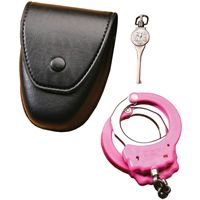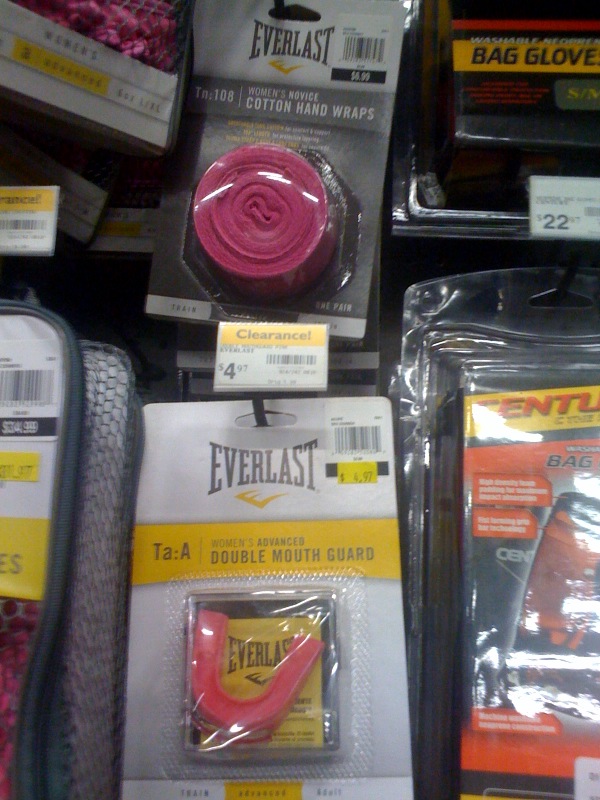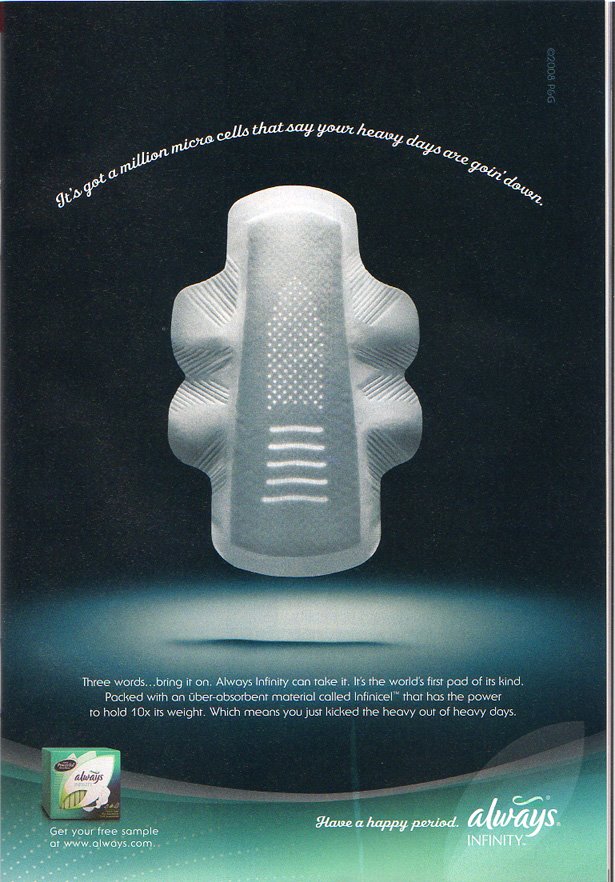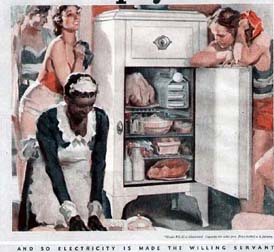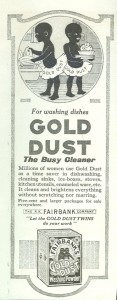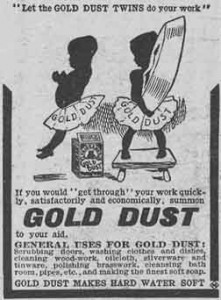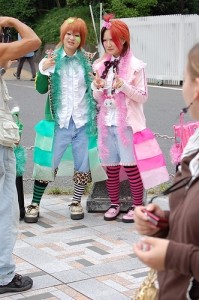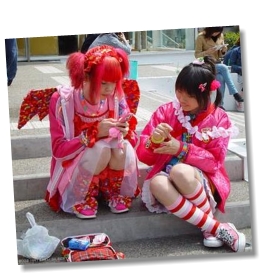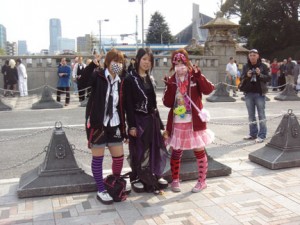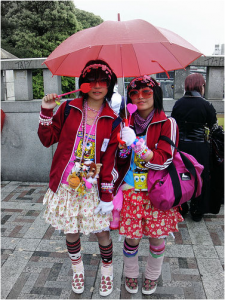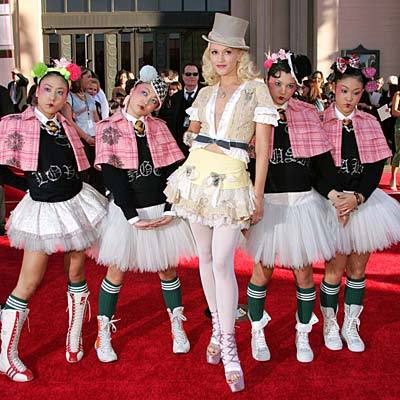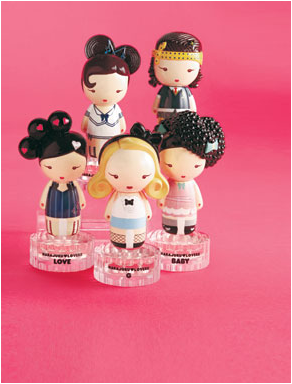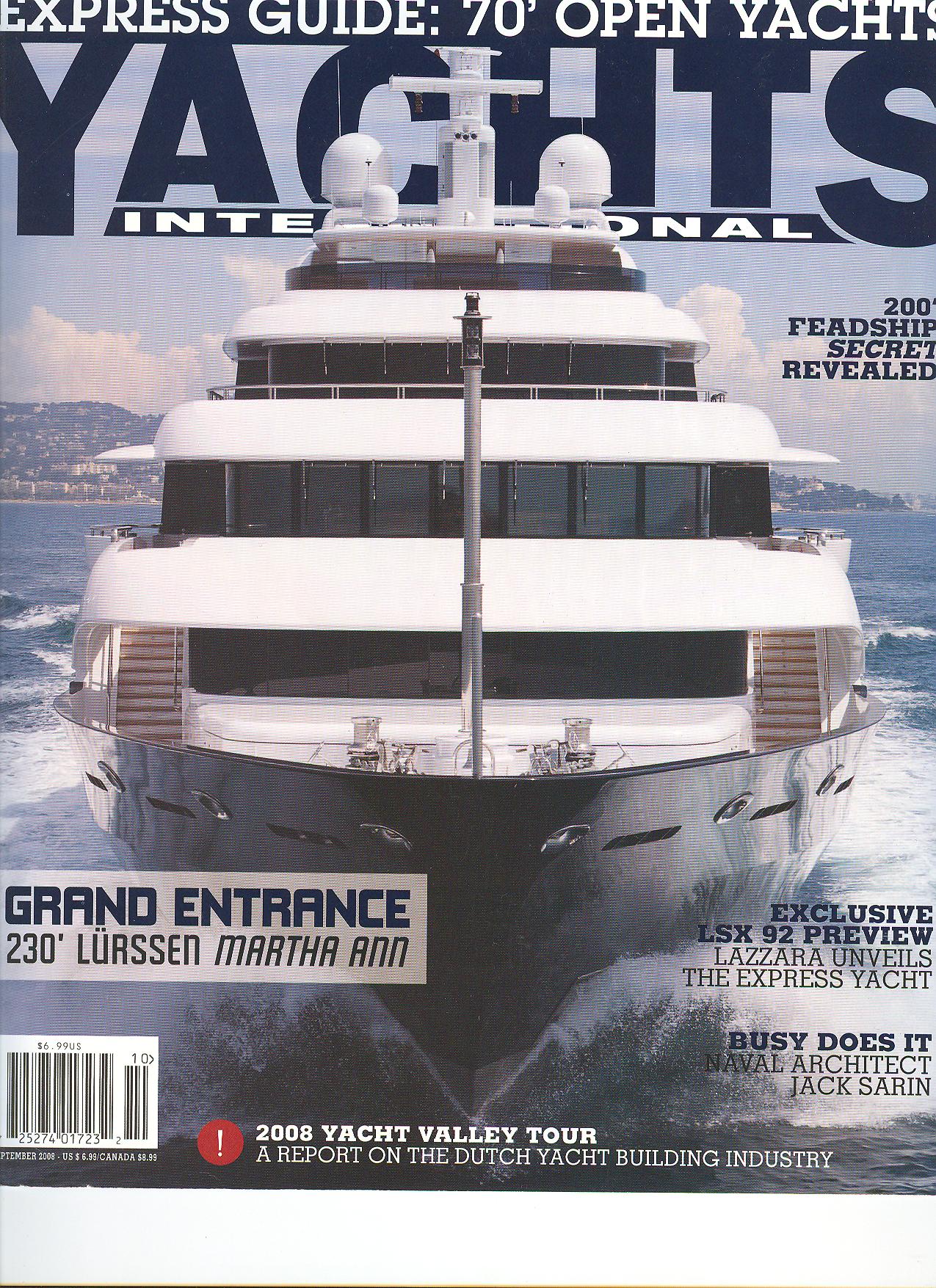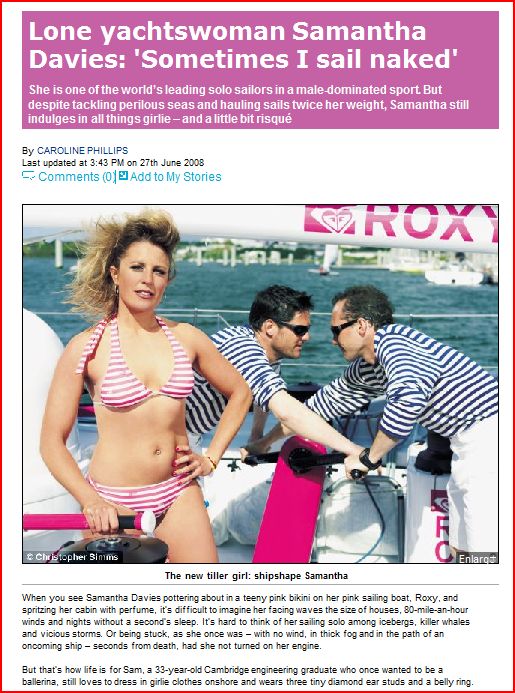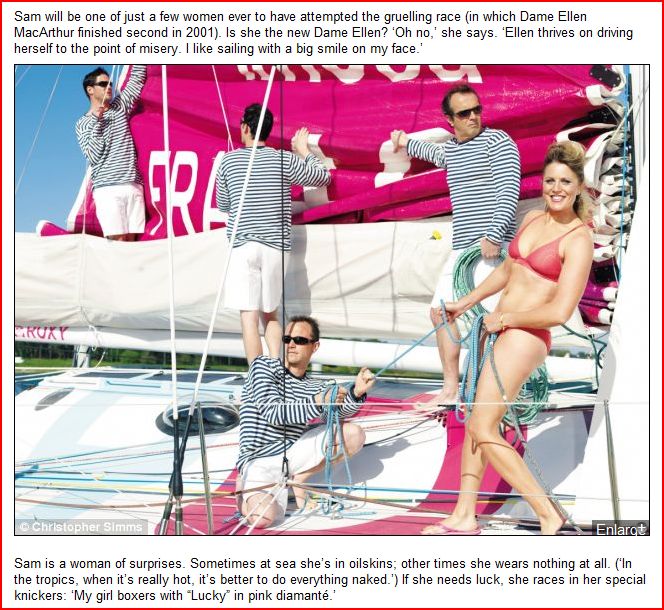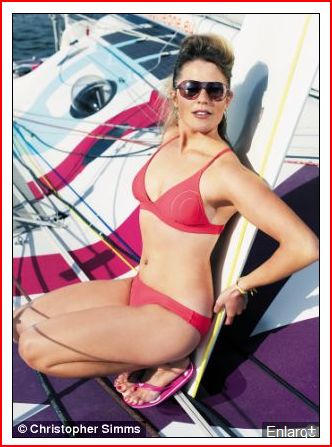Muriel M.M. brought my attention to the catalog for Galls, a company that makes equipment and uniforms for public safety officers (military, police, firefighting, etc.). Muriel, an EMT, says,
The thing about their products is they don’t change much. Over the ten years I’ve received the catalog I can pretty much tell you what’s going to be in it: guns, batons, handcuffs, clothing such as boots, coats, uniforms, etc. Medical equipment and fire equipment are sold such as sirens, lights, latex gloves, breathing equipment. The list goes on and on.
But the newest version of the catalog Muriel received has something new: handcuffs now come in colors, not just silver. The options are blue, brown, gray, orange, yellow, and pink (light and bright!):
There are a couple of interesting things here. For one, it’s an attempt to provide a little (very limited) individualization to people who have to wear standard uniforms. Of course, it’s a superficial type of customization, similar to getting a cell phone of a particular color, but it provides at least some sense that the product reflects the personality or tastes of the user…something companies figured out long ago could boost sales (how many colors do cell phones come in these days?). Given that, I wonder how many police departments would allow officers to use brightly-colored handcuffs. Officers are allowed to buy customized items, but they can’t just go buy a different color of uniform; it may be that little personalized “touches” like this are allowed, though.
It’s also interesting to think about what the reaction might be to an officer who showed up at work with pink handcuffs. I wonder how many female officers would want to bring attention to their gender by using a product marked by the stereotypical feminine color. It also made me think of this post about cops in Thailand being punished by being forced to wear pink Hello Kitty armbands. I’m assuming a person would buy pink handcuffs to express their taste, but after looking at the old post, it made me wonder if anyone would ever put pink cuffs on male suspects just to try to annoy them. I bet one of my relatives who is a police officer would totally do that, except that it would require him to carry pink cuffs around all the time, which he would never, under any circumstances, do. He flipped out because his son liked a pink ball once.
NEW! Ben O. sent us a link to a similar product, Petals Workwear for Women. The company makes pink products for female construction workers.
Hard hat:

Tool belt:

Protective ear wear:
Protective eye wear:
NEW (Aug. ’10)! Garland Walton sent along these pink boxing accessories: gloves, tape, and a mouth guard. All in pink!
See also our post with a cartoon riffing on how people seem to think that pinkification is the answer to gender inequality.


